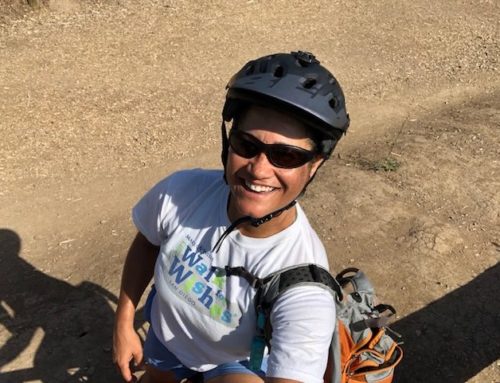A lot of people go through their workouts at too fast of a pace because they are short on time, and in the process they forget to engage good form and posture. I can’t stress enough how important form is to the productivity of the exercise as well as to your health. For simplicity sake, I’m going to divide this article up into three major sections: body position, movement, and speed.
To begin, let’s start with body position. If you learn an exercise wrong the first time, poor form often sticks with you throughout the remainder of the routine, however long that routine turns out to be. Simply slow down and just take the time to learn the exercise properly the first time in order to save yourself a lot of time in the long run. During most exercises, you will want to maintain a straight spine in order to decrease your risk of back injury. Always start an exercise with a solid base stance to ensure proper stabilization during the movement. For example, during a barbell row you want your legs wide enough apart that you feel stabile and your spine straight, if not slightly concave, to avoid straining forces on the back. When performing standing bicep curls with dumbbells or barbells, you will want your feet shoulder width apart with your back straight, and your knees just slightly bent to take the pressure off your low back. However, there are a few exceptions to this rule, one being the abdominal crunch. To do the crunch properly, you should curl your spine upwards while just lifting your shoulder blades off the ground.
That brings us to the second section: movement. As a general rule, you should avoid locking out your joints during an exercise. The legs and arms should be extended throughout the full range of motion during the movement; however, the joint should not be locked since this can lead to hyperextension and injury. When performing a barbell chest press, the bar should be pushed away from the body, extending the arms, however you should stop short of locking out the elbows. The same goes for the shoulder press. This is especially important when lifting very heavy weights. Once again, an exception deserves mentioning: the triceps and calf extensions, which do require locking in order to achieve maximum results.
Now let’s discuss the speed of a repetition. When you rush your workouts you are only shorting yourself. Always move at a speed that allows you total control throughout the full repetition. Not only are your muscles being put under exertion for a longer period of time, resulting in a better workout, but it is safer for you as well. One example of an injury that can incur while doing a poorly performed standing bicep curl is a low back strain. I have often seen people curl a weight that is so great that it requires them to swing the weight in order to get it up, using the momentum of the swing to aid them. Not only is this weight obviously too heavy for the individual, they are actually in danger of injuring their lumbar areas. So I can’t stress enough how important proper form is to your workout.
To summarize:
- Take your time during your workout
- Start with a solid foundation
- Maintain a straight spine during most exercises
- Avoid hyper-extension of joints
- Move through the repetition at a slow enough speed that allows total control of the movement
- If you can’t use good form, then the weight is probably too heavy.
Hopefully this has helped you understand the various aspects of proper form a little bit better than you did before. Have a great workout!
Melissa Allen, BS, CPT, CES is a certified personal trainer, corrective exercise specialist and Medifast health coach, is the owner of the Optimum Condition Corrective Exercise & Performance Center, located in El Cajon, in the East County of San Diego. We specialize in customized fitness training and corrective exercise for both recreational athletes and post-rehab clients, as well as guaranteed weight loss programs or your money back. You can schedule a free consultation to help you get started. Please visit her website at OptimumCondition.org.





